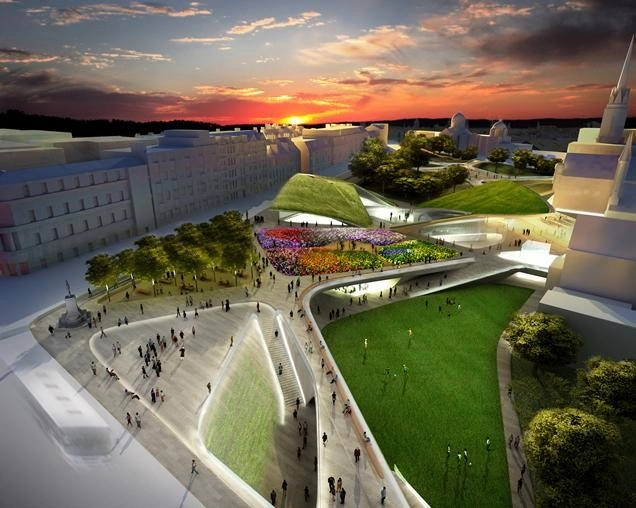
"The rapid expansion of airport-linked commercial facilities is making today's air gateways anchors of 21st century metropolitan development where distant travelers and locals alike can conduct business, exchange knowledge, shop, eat, sleep, and be entertained without going more than 15 minutes from the airport. This functional and spatial evolution is transforming many city airports into airport cities." - Dr. John Kasarda
Major international airports have developed over time into key nodes in global production and enterprise systems through speed, agility and connectivity. These transportation hubs are able to dramatically stimulate local economies by attracting a wide range of aviation-related businesses to their peripheries and resulting in what John Kasarda, a US academic who studies and advises governments on city planning issues, has dubbed the "Aerotropolis." The Aerotropolis, like any other traditional city, consists of a central core with rings of development permeating outwards; unlike a traditional city, however, the city's core is an airport and all neighboring development supports and is supported in turn by the airport industry. Several airports around the globe have organically evolved into these airport-dependent communities, generating huge economic profits and creating thousands of jobs, but what Kasarda is arguing for is a more organized and purposeful approach to the development of these Aerotropolises - what he believes to be the future model of a successful city.
Read on for more on the Aerotropolis vision.












